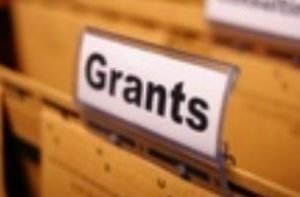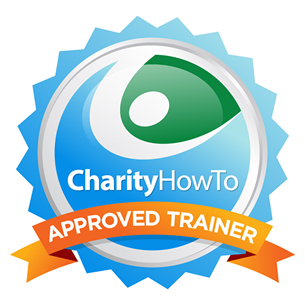 Grant writing is an excellent strategy in the fundraising toolbox. Each year there are billions given out to worthy non-profits either through federal and state governments, corporations and private and family foundations.
Grant writing is an excellent strategy in the fundraising toolbox. Each year there are billions given out to worthy non-profits either through federal and state governments, corporations and private and family foundations.
Here is what you need to have in place to raise money from grants to boost your fund development efforts.
First things first!
Do you have all of your documents in place? This is the time to compile all your financial information including your latest 990, your 501(c)3, audited financial statements, and other documents such as your annual report, brochures, permits, and other supporting pieces such as letters of recommendation.
What about your programs…do you know them and know them well. Grant writing is as much about matching up your program with the funder’s interests. What are your needs? Are your needs for operating, capital or endowment?
Have you done your research?
Research is probably the key element in crafting winning grant proposals. In fact, when it comes to research, it has been said that you need an eagle’s eye, a detective’s nose, and patience of a saint!
Before you begin your research ensure that you have an adequate record keeping system in place and most importantly don’t forget to put those records to work by documenting, documenting and documenting!
In your research be thorough and utilize all the public sources of information that exist from annual reports, to form 990’s, there is much information readily available. There are more specific and perhaps costly tools that you may employ as well. Online databases and the collection of the Foundation Center are just two places to begin your search at. Narrow your search to those whose giving priorities match your programmatic needs. Don’t forget to be comprehensive and consult several different sources.
Here are some grants writing resources to get you started:
- Local library (Foundation Center Cooperating Collections Network).
- Published foundation directory.
- Online and subscription directories.
- Anything published by foundation.
- Form 990 – Federal tax return.
- Guidestar.
- Periodicals and newsletters (Chronicle of Philanthropy)
Before you even craft a proposal, ensure that you are a good fit with the foundation. Know your funders priorities and make sure that your proposal fits. If applicable, send an initial letter of interest and/or intent, make a telephone call to discuss your proposal idea, and if possible obtain and in-person meeting.
There is nothing more disheartening when you send a proposal that has no chance in being funded due to the miss-match in priority areas and through not having done the ground work.
Write, write, and write!
These are the components of a successful grant proposal:
- Cover letter.
- Cover page.
- Table of contents.
- Abstract, executive summary.
- Purpose of request.
- Statement of need.
- Project description.
- organisational information.
- Closing.
- Budget.
- Appendices (tax id, financial statements, board list, annual report, letters of support).
Don’t forget, your proposal needs follow-up. Set up a reminder system to “tickle” you when grant follow-up is needed. And when you receive one, thank them and keep them in your philanthropic “hug.” And when you don’t, still thank them anyway and inquire as to your proposal, they might just provide you with some valuable insights that might make your next one a winning one.
Above all, don’t forget that winning grant proposals are more about process than product.
So apply due diligence and you will be a grant writing success story.







